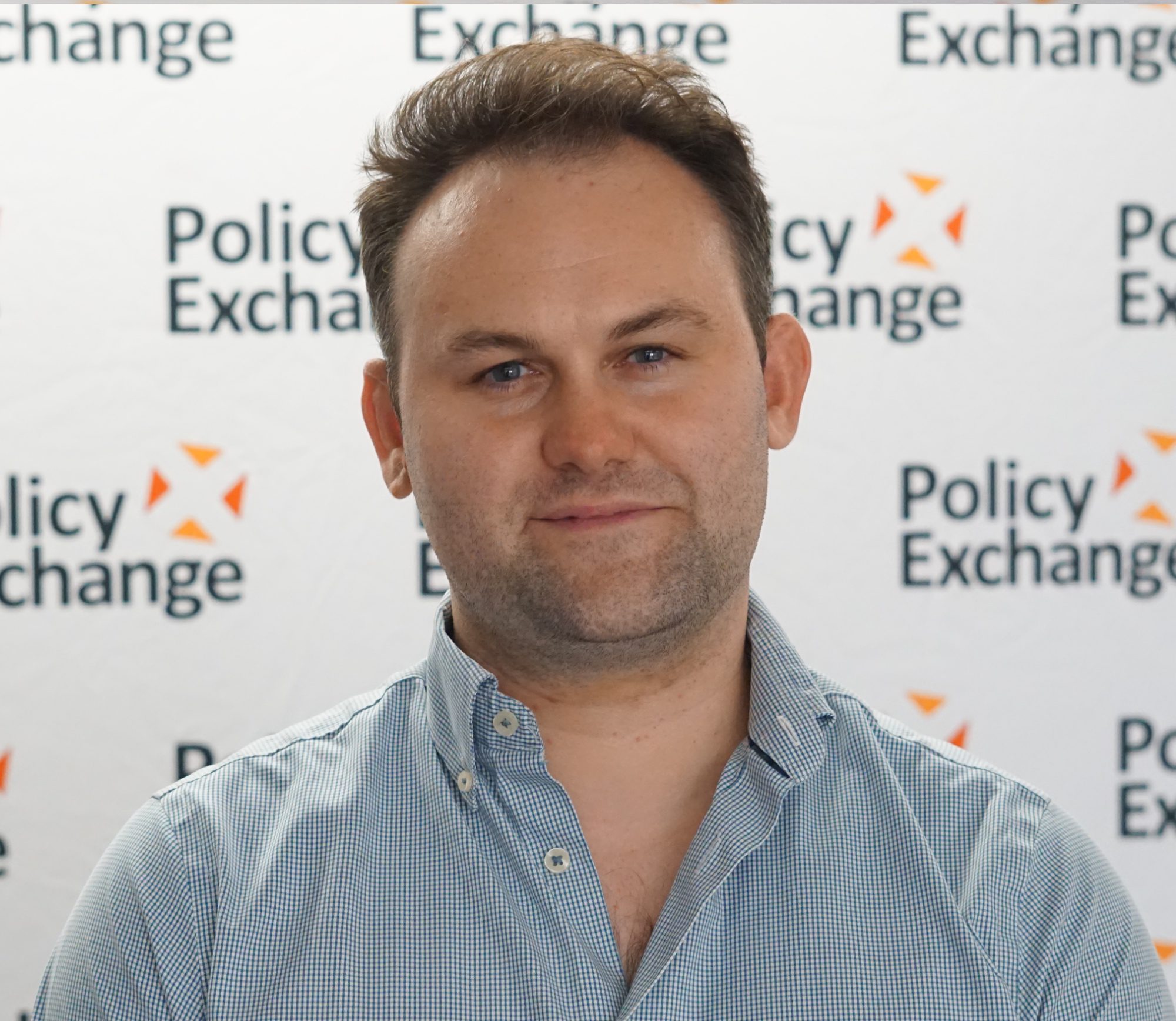
Robert Ede
Head of Health and Social Care (2020 - 2022)

Dr Sean Phillips
Head of Health and Social Care
The COVID-19 pandemic has demonstrated the difference clinical research can make. The ground-breaking RECOVERY trial was conceived of as two academics – Prof Martin Landray and Sir Jeremy Farrar – rode the Number 18 bus between Euston and Sudbury in early March 2020. Two years later, RECOVERY has recruited 45,000 participants, and led to the identification of two viable now commonly used therapeutics for hospitalised COVID patients. The trial additionally provided definitive conclusions about the efficacy of other debated treatments such as hydroxychloroquine. Coupled with the vaccine rollout, these scientific breakthroughs have helped chart the course out of the pandemic. That single bus ride might have saved more than a million lives.
Despite these successes, the pandemic meant that non-covid clinical trials were paused and then faced delayed re-starts. Whereas those designing RECOVERY showed a willingness to tear up convention, other COVID trials suffered from poor design and duplication of effort.
How can we capture the sense of partnership seen in the RECOVERY trial and apply that to a wider set of healthcare challenges?
New staff and funded research roles won’t suddenly materialise. There is no army of nurse researchers waiting to be deployed, no matter how much funding is available. Proportionate energy must instead go towards ways of creating extra capacity.
Additionally extra Government funding is unlikely. October’s three year Spending Review confirmed a £5bn settlement for health research, with the DHSC R&D budget reaching £2bn per year by the end of this Parliament. The pressures on wider Government spending are immense. Calls for extra funding for health research may fall on deaf ears.
With limited staff and not much money, what can be done?
- Streamline the approach to recruit and enrol patients, and to set up studies. Evidence demonstrates that research still often takes too long to get off the ground.
- Embrace creative thinking on the workforce. With shortages of research staff likely to be prolonged, extra capacity can be found in the voluntary sector. The contribution of volunteers to the pandemic response is immense: 90,000 people have given their time to the vaccine rollout already contributing a cumulative 1.1 million hours. But volunteers will not be able to fill the numerous research vacancies. Nor can a temporary and unpaid workforce be expected to set up and run studies to professional standards. Nevertheless volunteer capacity can help research infrastructure weather the storm.
- Be open minded to the types of research undertaken in different places. It was traditional District General Hospitals such as West Suffolk, Great Yarmouth and South Tees that were able to enrol the highest proportion of patients into applied research studies for COVID-19 therapeutics.
- Taking the long-term view. The last two years have shown that research is an integral part of clinical care; it must ensure it remains so. This agenda requires political leadership. A patient centred approach must continue to be pursued under the current Health and Social Care Secretary. If it is, the benefits – much like London buses – will be multiple and far reaching.
Policy Exchange brought together leaders in the clinical research community for a discussion on how clinical research in the UK can be boosted post-Covid, as part of a research programme supported by AstraZeneca and GlaxoSmithKline. Read the long-read from Policy Exchange here.


